Even though I have mentioned in the articles dedicated to each wood species, which ones are suitable for tool shanks or handles, I didn't feel that an article on this topic would be of interest. Until a few days ago when I was asked how I think tool handles/tails should be finished. In answering the question, I realized how much could be said about the choice of finish, the properties of the wood being used, or the importance of the right handle. And so the article below came about.
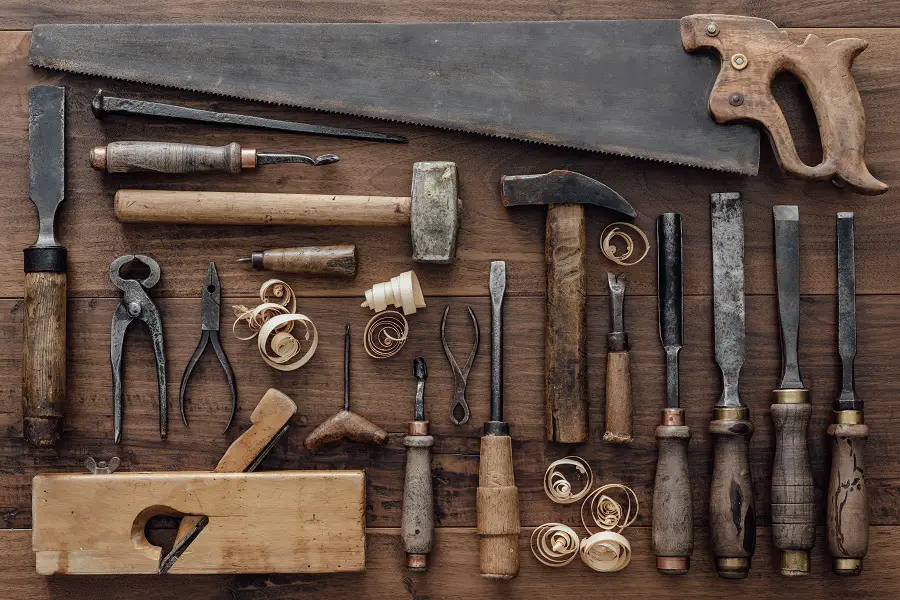
The handle/tail of a tool is more than just a way of holding it. What would an axe, hammer or saw be without a handle or handle?
It has always been thought that the invention that made mankind evolve was the wheel. Recent studies have shown, however, that the invention of tool handles was an equally important moment. The handles allowed people to perform a wider range of movements, to use more muscle groups, and thus impart greater force and speed to the tool. Even though the use of tools with handles required more effort, the results were far greater than the effort.
These findings came from a study of a group of volunteers who were given simple or hand-held tools and asked to do ordinary tasks such as chopping wood or cutting a tree. The study was carried out by researchers at the University of Liverpool, and the results supported the idea that, as people discovered the benefits of adding handles, they invented more and more of these tools, which led to the spread of civilization.
Historical studies and research aside, it is now very clear to us that it is the shank that gives the axe the force to split the wood and the hammer the force to drive the nail. Without the handle, the back-and-forth movement of the saw would be almost impossible, and shovel, spade or rake work without a shank would be infinitely less efficient.
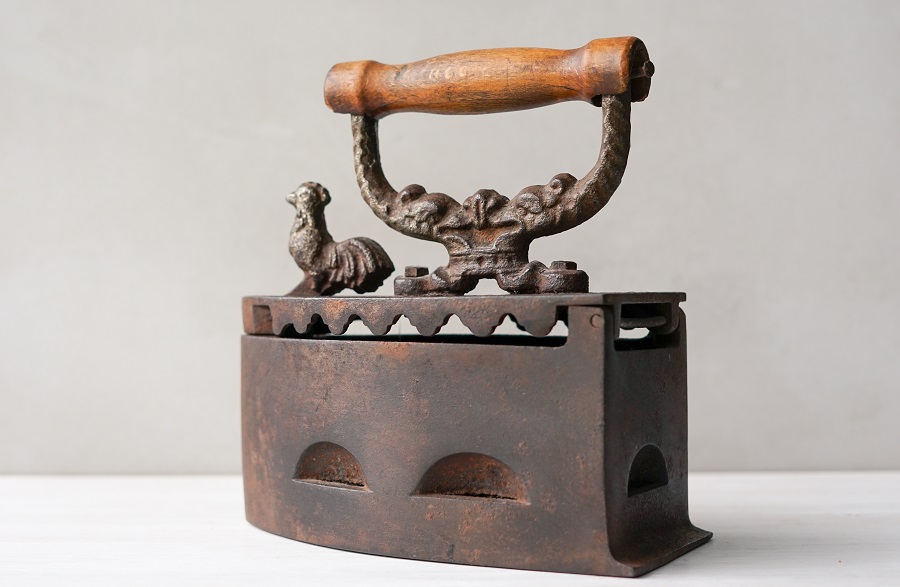
Which wood is suitable for handles or tool handles
Not every wood species is suitable for tool shanks or handles. The wood used must have strength, flexibility and durability. In the case of the hammer or axe, where the force of the blow is high and there is recoil, the handle must be able to withstand the high shocks without splitting, cracking or warping and absorb them without transmitting them to the user's arm. The grain, texture, pore size or tannin content of the wood are also important, as are the design, dimensions or finish of the handle.
Below are some of the most commonly used species for tool handles or tails:
- frasin - perhaps the most widely used species due to its very high shock-absorbing capacity. It is flexible, does not crack or splinter. The only drawback is its low outdoor resistance. Outdoor tools should therefore be stored carefully, away from rain and damp. Suitable for an axe or hammer.
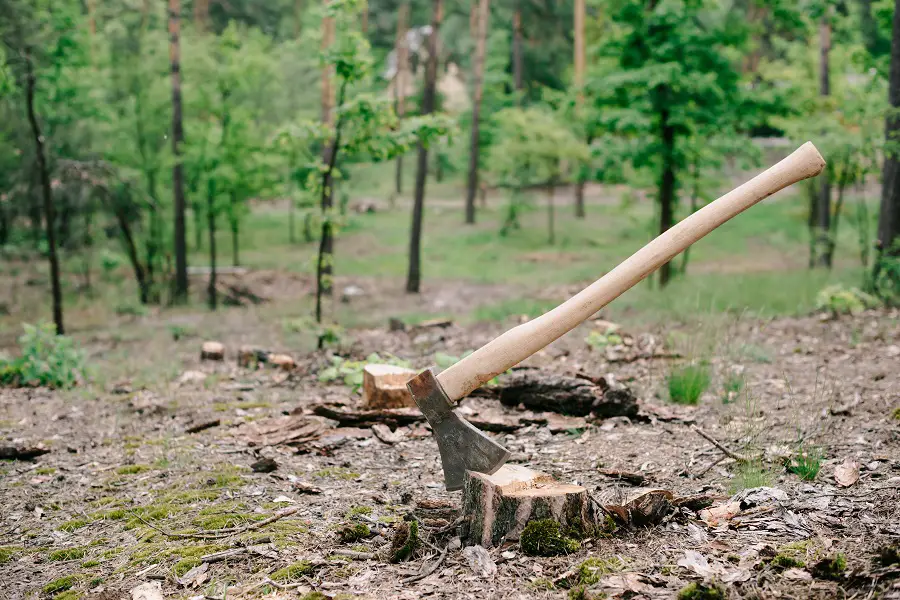
- oak - the higher the density the better because it absorbs much of the impact shock, reducing user fatigue. Unfortunately, it tends to crack which is why it is recommended more as a saw or knife handle. Outdoor resistance is very good. The presence of tannin can cause rusting of metal blades, so they should be protected.
- maple - a hard wood used to make baseball bats. It doesn't absorb shock as well as ash, and the user often feels the impact. It tends to split along the grain on very hard impact.
- birch - known for its very high shock absorption capacity. It is not prone to maple cracking and is resistant to the outside.
- carpen - hard and abrasion-resistant wood, but less elastic. It has been used for tool handles since ancient times. Low exterior strength.
- fag - hard, elastic and easy to work. It holds up well over time but has low outdoor resistance. It is very suitable as a saw or chisel handle.
- cherry - is used for its fine appearance and great color. However, it is softer than other types of wood and less resistant and prone to breakage. It is recommended as handles for tools that are not used intensively.
- nuc - is a beautiful wood in color and design, but fragile and prone to cracking and splintering. I mention it, however, because its very beautiful appearance, especially after oiling, leads many people to use it. It is recommended for non-impact tools such as knives or files.
The appearance makes many exotic species, such as mahoganyto be used for the handles of collectible tools. But their high cost limits their common use.
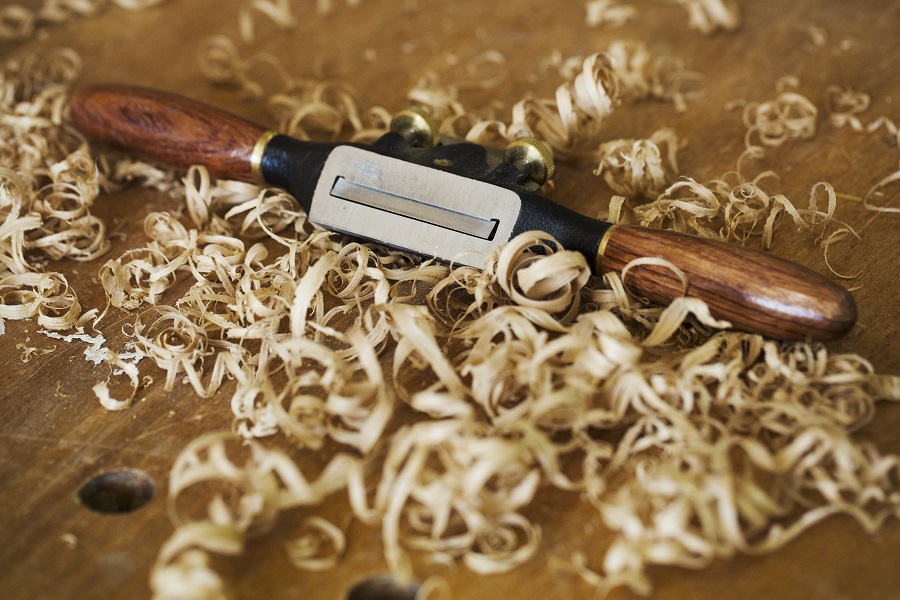
Why any finish is not good
In order to work well with the tool, the handle should be the right size and shape, have a good grip, not slip, have a good grip, and have no sharp edges or sharp points or pricking points during use. It should also have the ability to take up hand moisture (perspiration) so that it does not become slippery and release it when the tool is at rest.
As a result, varnishes, glossy paints and highly polished surfaces, which reduce the grip grip, are not recommended. Thick film finishes are also not a good choice because all the sweat builds up and becomes annoying, even dangerous during use.
The most suitable finish for tool shanks and handles is oil. It does not create a film and allows the wood to absorb and release moisture from perspiration. It can be used linseed oil, tung, Danish oil or any other combination of natural wood oils. Experts recommend shellacbut not that high-gloss finish - French polish. Before application, the wood should be very well sanded to remove any roughness that could scratch the hand during use.
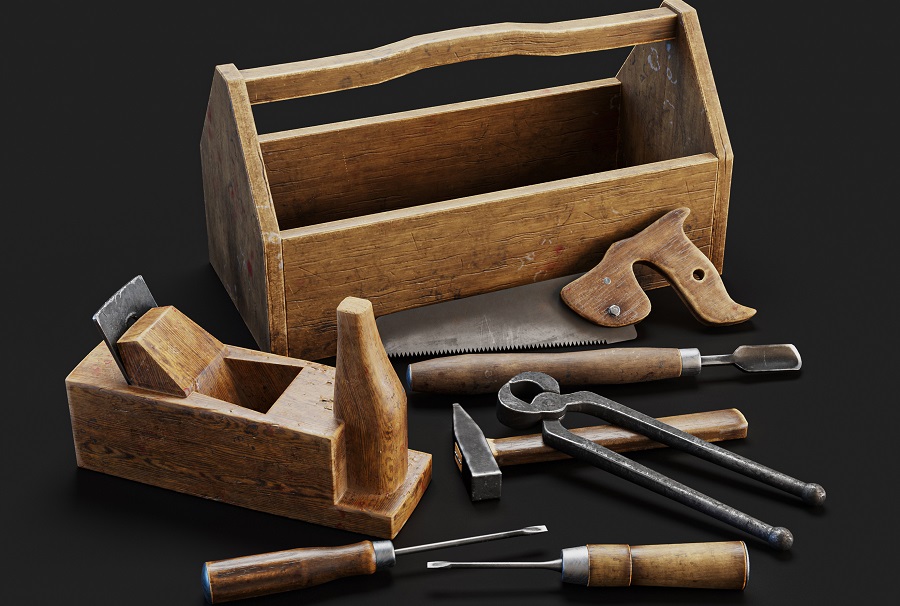
I hope you find the information interesting. As always, additions are welcome. And if you have any questions or queries, please leave them below in the dedicated space. I will certainly reply.


































Very interesting! But I haven't seen the salami. In the Baragan it was used for axes, forks etc.
Thank you for the tung oil tip!
Thanks for the idea too.
I know the same about acacia. In my grandparents' village in the Bărăgan, all the agricultural tools and axes were made of acacia. But I didn't find much data in the sources I studied. But I persevere. There are many carpenters in the US and Europe who praise it, others who say it is hard to work, the resulting dust is toxic, it sands hard and therefore the resulting surface would not be very suitable for the handle. The Americans say it's not as strong as hickory, the wood they use most for handles, nor as shock-resistant.
In a few days, after I figure out exactly what the pluses and minuses are, I'll add it to the list.
Some also say about acacia that it doesn't absorb vibrations so well, that's why you make the whiskers, in the case of oxtails.
Another wood would be boxwood, I've seen it on many old English tools, like screwdrivers. I don't think it's been used here.
And among the exotic essences, rosewood was much more used than mahogany, many pre WW2 ruler or echelon had such handles, which is why they are sought after by collectors.
Thanks for the additions, they are very interesting! About the use of rosewood I've read before, but about boxwood I hear for the first time.
Boxwood is also used for modelling because it is very resistant to pressure and handling. It does not break, does not shred, resists humidity.
Thanks for the addition! I also found out what outlines are. 🙂
Welcome!
Could you tell me something about the elm?
I've heard it would be good for tool tools such as axes being essentially hard but lightweight. Is it?
I would be interested in what material would be most suitable for strong but lightweight tails for axes, axes, digging, forks and so on.
Oh, and is it better for a tail to have knots or not?
Thanks in advance for the clarifications!